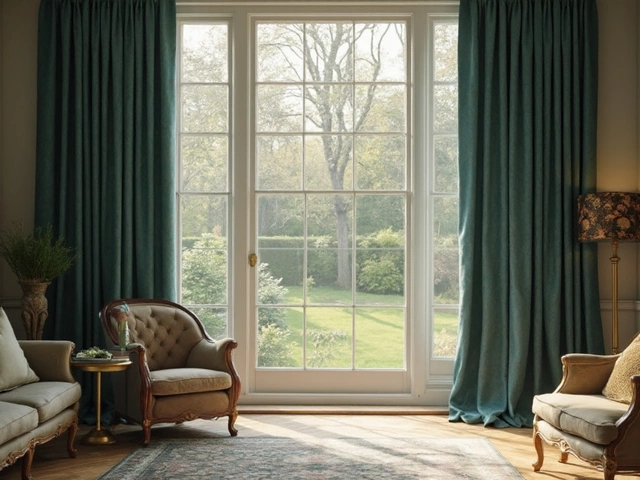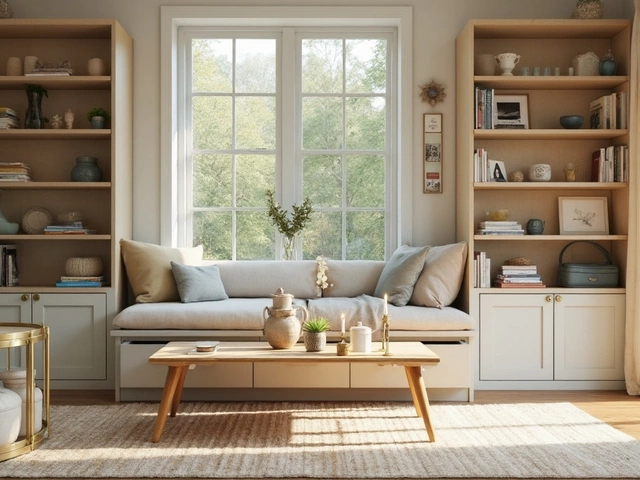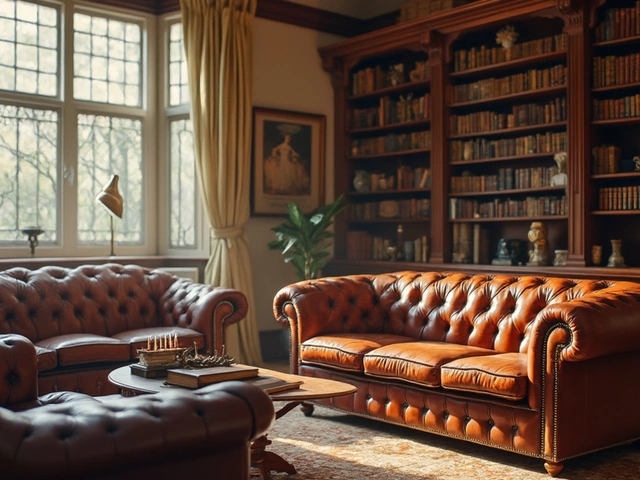Should All Curtains in a Room Be the Same?
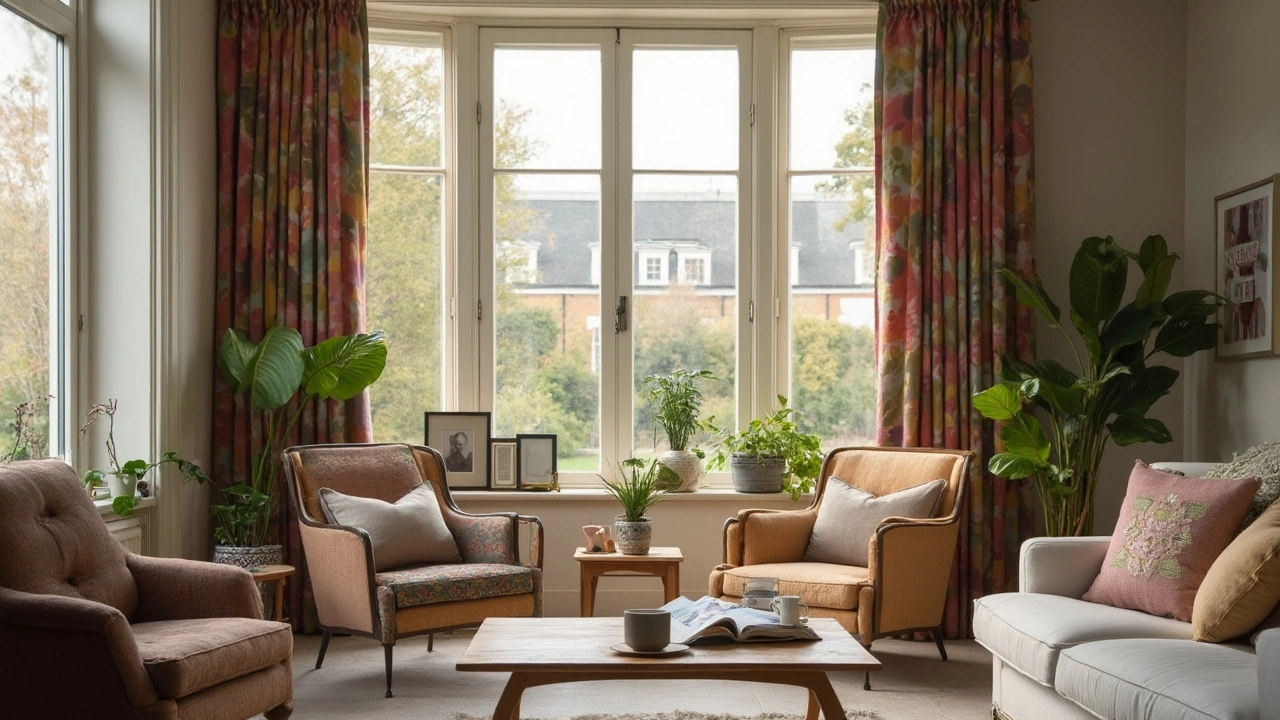
When it comes to curtains, people always wonder—do they all have to match? Picture this: you just moved into a new place, you've got four windows in the living room, and you're standing in the store, debating if you really need to buy four identical curtain sets.
If you're aiming for a pulled-together, calm vibe, matching curtains absolutely work. They make everything look organized and intentional. It's like wearing matching socks—you don’t always think about it, but when they clash it definitely stands out. Designers often pick the same fabric, color, and length throughout a room to give a sense of balance and flow, especially in rooms with lots of windows or open layouts.
- Why People Prefer Matching Curtains
- Mixing Curtain Styles: When and How
- Common Mistakes to Avoid
- Tips for Creating a Cohesive Look
Why People Prefer Matching Curtains
Matching curtains are like the safety net for home decorating. Most folks choose them because it just feels easier and more reliable. If you’ve got a room with several windows, hanging the same set throughout gets rid of guesswork and creates instant harmony.
The biggest reason for choosing matching curtains is visual balance. If your windows are different shapes or sizes, using the same curtain style helps tie everything together so the room looks less chaotic. Home staging experts usually go all-in with matching sets, since studies show homes with consistent window treatments sell up to 17% faster. That says a lot about the power of unified curtains in making a space feel finished.
Another key factor is lighting. Using identical fabrics means your windows let in the same amount of light, so you don’t end up with a dark corner ruining the vibe or a bright spot blinding you during breakfast.
If you want a room to look bigger, matching curtains actually trick the eye. Same-color panels around a space help stretch the walls, making it feel less chopped up—kind of like how wearing one solid color can make you look taller.
Here’s a quick rundown:
- Saves time and headaches—no need to worry if patterns clash
- Makes a room look organized and intentional
- Good for open-plan spaces where you can see multiple windows at once
- Helps with resale value by giving a professionally styled look
A quick comparison of the impact of matching vs. non-matching curtains, according to a recent home design survey:
| Choice | Perceived Room Cohesion (%) | Owner Satisfaction (%) |
|---|---|---|
| Matching Curtains | 80 | 75 |
| Non-Matching Curtains | 52 | 57 |
The numbers say it: most people feel that coordinated window treatments do more than just look nice—they boost satisfaction and make a home feel more put-together. It’s like giving your space a shortcut to style without overthinking every single window.
Mixing Curtain Styles: When and How
So, what if you don't want the whole room to look exactly the same? Mixing curtains can totally work, and sometimes it gives your space more personality. The trick is to know where to draw the line between “cool mix” and “total mess.”
One smart way to mix styles is to focus on having something in common between each curtain, like color or fabric type. For example, you might use a bold patterned curtain on big windows and pair it with a solid but matching color on smaller ones. Or, if you’re obsessed with texture, try combining linen panels with softer, sheer drapes to break things up without it looking random.
- If you have an open-plan room (think living-dining combo), different curtain styles can help define spaces. Just stick to a similar color family so nothing clashes.
- In bedrooms, use blackout curtains on the window by the bed for sleep, but keep lighter ones on other windows to let light in. It’s stylish and keeps things practical.
- Don’t mix patterns that fight for attention. A floral curtain next to a bold stripe isn't easy on the eyes. Pick one standout pattern, and let other curtains play it safe.
Hotel designers often mix curtain styles—like layering blackout curtains with decorative sheers—to get that “finished” look. But they always pay attention to harmony, so nothing feels out of place.
If you want to experiment, start small. Try swapping just one window's curtains or layering different textiles on the same rod. The main aim is for your room to look intentional, not like a bargain bin. When in doubt, grab samples, hang them up, and step back. Sometimes your eyes know more about curtains than any rulebook.
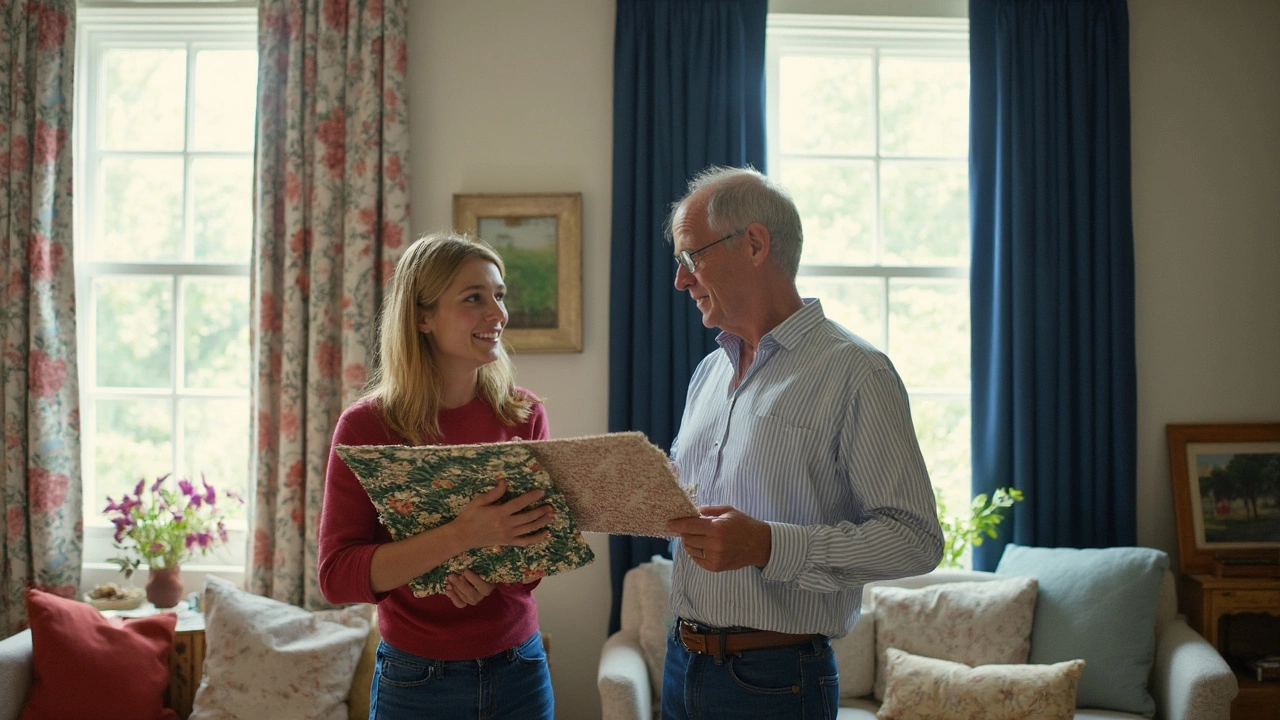
Common Mistakes to Avoid
It’s easy to get tripped up when picking out curtains. Let’s get real—people often make the same mistakes, and it can totally mess with the look of your room. Here’s what to steer clear of if you want your space to actually feel good, not jumbled.
- Buying the Wrong Length: One of the biggest slip-ups is curtain panels that are too short. Curtains should just kiss the floor or puddle slightly. Dangling halfway up the wall? That just makes ceilings look lower and the window smaller.
- Mismatching Styles Without a Plan: Mixing patterns and fabrics can look amazing, but only if it’s intentional. Pairing a lacy voile sheer with a heavy velvet just anywhere? It can feel like a thrift store grab bag instead of a fun design choice. Make sure there’s at least one thing tying the different curtains together, like color or texture.
- Clashing Rods and Hardware: People forget hardware! If you mix too many finishes or wildly different rods across one room, it’s super distracting. You don’t need everything to match, but aim for a family look or similar materials.
- Ignoring Room Function: Not every type of curtain works in every spot. For example, blackout curtains in a kitchen can feel odd and block precious daylight, while sheer panels in a bedroom might not give enough privacy.
Check out just how big an impact curtain choices can have:
| Mistake | Common Result |
|---|---|
| Hanging curtains too high or too low | Windows look stubby or awkward; loses elegance |
| Random mixing of prints/fabrics | Room loses cohesion and can look messy |
| Saving money with cheap plastic hardware | Even pretty curtains look disappointment; breaks quickly |
| Using the wrong opacity for a room's purpose | Either too dark or no privacy at all |
Avoid these common traps and your curtains will help your room shine, instead of making it feel off.
Tips for Creating a Cohesive Look
If you're mixing it up with different curtain styles, there’s a fine line between looking creative and just plain messy. The good news? You can absolutely pull off a collected, intentional look without everything matching perfectly.
Start with color—probably the biggest factor in making your room feel pulled together. Try sticking to no more than two or three main colors in your curtain choices. If you want some variety, combine different shades from the same color family or keep to neutral tones, which are less likely to clash. For example, navy and light blue curtains work together because they connect visually but don’t feel too alike.
Pay attention to fabric. Even if you’re using different colors or patterns, curtains in the same type of material—like all cotton or all linen—keep things looking cohesive. If you go for heavy velvet in one window and lightweight sheer on another, your eye picks up that difference right away, making the room feel uneven.
Patterns can be tricky. To keep things working, don’t crowd the space with too many bold prints. You can mix in a subtle stripe with a solid, or a small geometric with a plain panel, but try not to add more than one statement pattern in a single room. This helps avoid sensory overload, especially in tighter spaces.
- Hang all your curtains at the same height. Even if the window sizes are different, keeping the curtain rods lined up adds instant harmony.
- If you want your curtains to look like a set, pay attention to length—aim for them to just kiss the floor or hover about half an inch above. Too many different lengths can make the room feel thrown together.
- Use the same style or color of curtain rod for all windows if you can. This little trick makes everything feel more connected, even if your fabric choices aren’t identical.
The real key to great curtains is consistency in the details, not just the big stuff. Match trim, tiebacks, or even the way you drape them open. These small, thoughtful touches go a long way toward a space that’s stylish, personal, and—most of all—cohesive.


